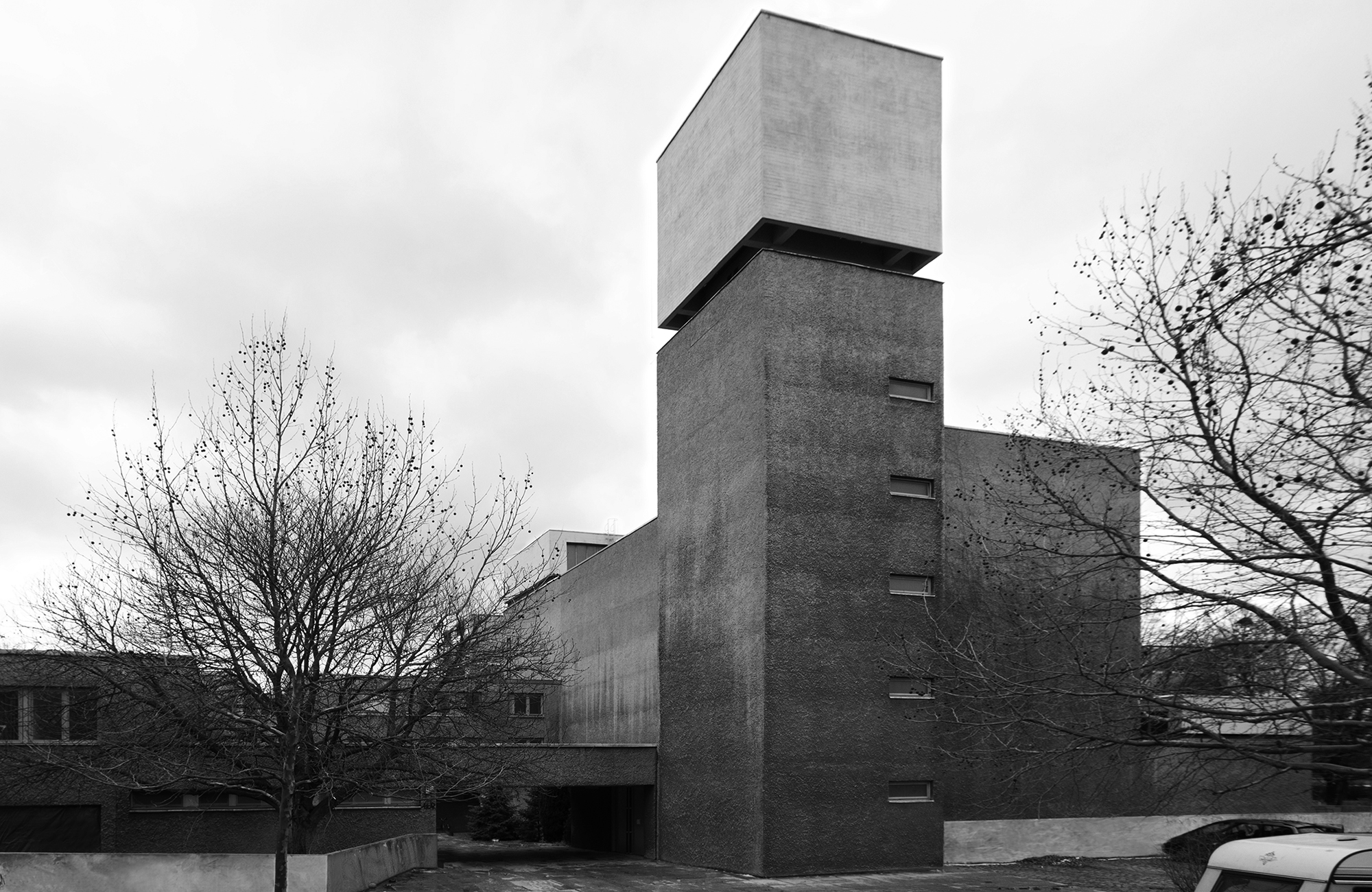Stone, Immortal: Brutalism.
Essay
Published by SEED Editions.
January 2019.

It often seems as though Brutalism itself was created especially for London. The harsh sunless autumns that come by each year, with their pensive showers, seem to add a certain atmosphere and ruminative aura to the concrete megaliths that remain dotted across the city. Whenever I manage to glance at these buildings, mid-rainstorm or in the early hours of the day, it’s almost impossible to ignore the sense of the surreal that they radiate. Their facades, stand ominous and steadfast within even the bleakest of weather conditions of smog, mist and rain of the harsher months. Even in summer, when the days are longer and life seems to return, they provide a reminder of the metropolis that we exist within, and more importantly, past ideas of the future that have been immortalised in stone.
These colossal, rigid and rugged structures— the Barbican Estate, Trellick & Balfron Towers, Thamesmead Estate, The Hayward Gallery, Alexandra Road Estate to name but a few stand as testaments to a time when ideals concerning aesthetic, functionality and purpose erred firmly within the radical; within the individual, as opposed to the mass or the easily reproduced. Fast forward to present day, where it seems as though all that architects can focus on are affordable luxury high-rise developments, destined to be either vacant or grossly overpriced for lifetimes, these concrete structures of days gone represent a sentiment and spirit that has largely been lost to time. These buildings, whether rented or owned; shared or visited, are vessels which need to be interacted with, enjoyed and marvelled at now, more than ever. They have helped define and cement all that we know as metropolitan— as urban, as forward thinking. As London itself. When you think about it like that, compiling all of the achievement and service that these respective architects have provided, any trivialities concerning personal taste re: Brutalism becomes nullified— whether you like these dissonantly shaped, harsh and strange buildings on a personal level becomes eradicated by the fact that they are essentially living fossils, whose existences are not to be taken for granted. Having spent a good deal of my childhood in the shadow of Erno Goldfinger’s Trellick Tower in Ladbroke Grove, it’s impossible to think of West London, with its complex of rail and motor networks without imagining the presence of the looming concrete building. For all of the changes that have come about since its completion; all of the celebrations of music, film and television (most recently with Netflix’s interactive Black Mirror episode: Bandersnatch, that has incorporated it), it still stands.
Towers themselves, although synonymous with post-war British housing are by no means historically unique (i.e. Medieval Bologna and its circa one hundred and eighty examples that once stood— two infact remain), but seriously, gaze up at such a building, and if you don’t feel a sense of awe at the sheer skill required to make such a thing, you have bad taste. It is no wonder that Brutalism has re-emerged as an almost, cultural sect in the U.K— in which worshippers pay homage to these architectural deities through publications, apparel and exhibitions. On the subject of worship, probably the main source of Brutalism that had a lasting profound effect on me, is located in Kreuzberg, Berlin— St Agnes Church by Werner Düttmann. Surrounded by sensibly planned roads, sleepy apartments and a U-bahn viaduct, it makes a powerful mark within a relatively sleepy neighborhood, in a way that seems surprisingly organic. In comparison to London, Brutalism does have its place within the German city but even then, most examples are to be found in the West of Berlin, and their distribution and frequency seems few and far between (though housing some great examples). For me though, St Agnes in particular was a gentle eye-opener of many things— that Brutalism need not be colossal or imposing to be powerful, but also that unlike many movements and trends that have since emerged in architecture, that Brutalist buildings often provide scope for repurposing. Düttmann had originally created it to replace a church of the same name that was destroyed in the Second World War, and in doing so created a truly transcendental, wholly unique space that later went on to be reborn as König Galerie. Because I lived so close to the gallery (and couldn’t get a job for love nor money), it became a local haunt for me. Its smooth, segmented stand-alone tower and epic skylit atrium, makes it easy for it to be imagined as a place of worship— although it must have become the norm for patrons, similarly to lavish Catholic churches, it would have provided a real religious power by way of design. If you ever manage to visit it, look closely at its intricacies; the way its flawless stone floors align with the neighboring colossal coarse walls with unashamed gaps and crevasses, that make it feel perfectly imperfect. The way in which natural light is invited within, via narrow, fleeting strips throughout its upper entirety, leaving high walls of raw stone and exhibited artwork, to gently glow when the sun is high outside: Düttmann’s ideas still hold power, even when repurposed.
That being the case, Brutalism undoubtedly teaches us many things about human consciousness; our ideas of functionality, of aesthetic and creativity and how they have evolved— have grown, have withered or remained indifferent in some cases, but we must re-stoke these very embers of thought, or else Brutalism will truly be the last true radical movement of our (or rather, my) time.